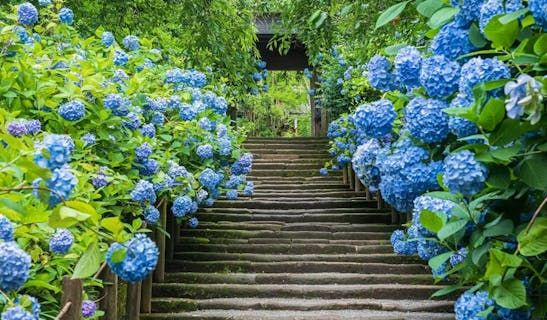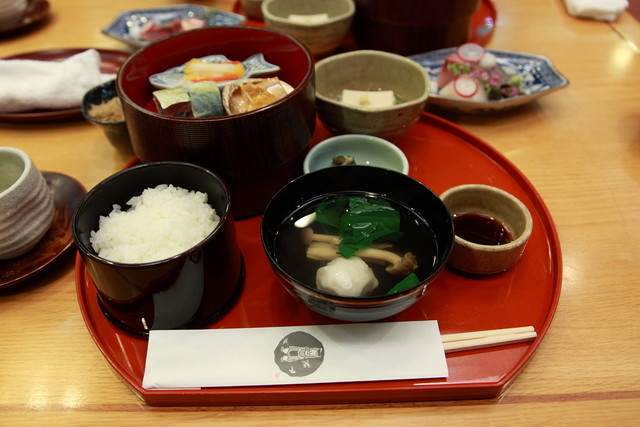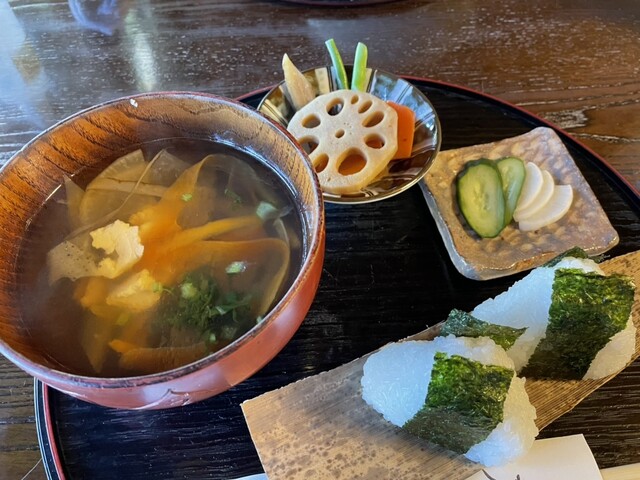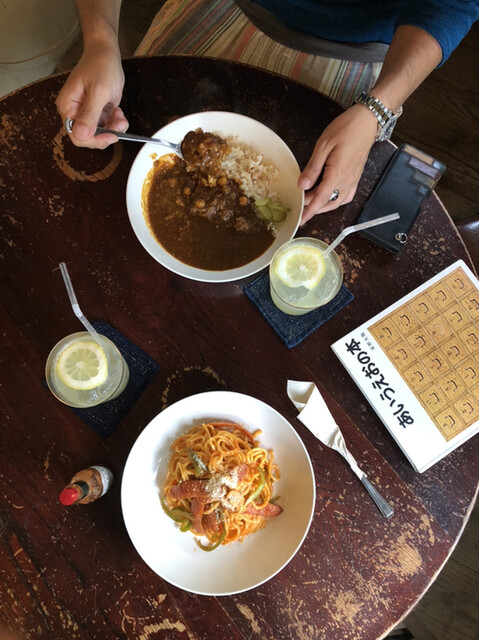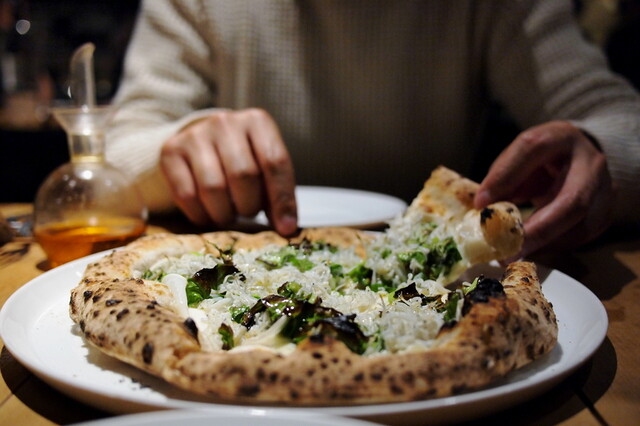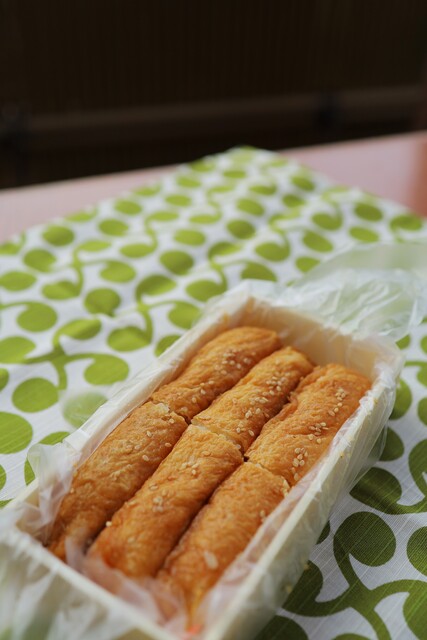
Meigetsuin is known as one of Kamakura's best hydrangea spots. A large number of hydrangeas bloom there, spreading the beautiful "Meigetsuin Blue." The best time to see them is from mid to late June, and many people visit to admire them during this time. If you want to avoid the crowds, it's recommended to visit after 3:00 pm on weekdays or at the opening time of 9:00 am. Admission fees are 500 yen for high school students and above, and 300 yen for elementary and junior high school students. Around Meigetsuin, there are famous temples and shrines representing Kamakura, such as Engakuji and Tsurugaoka Hachimangu, where you can enjoy historical buildings and beautiful nature. When visiting Kamakura, be sure to stop by Meigetsuin.
